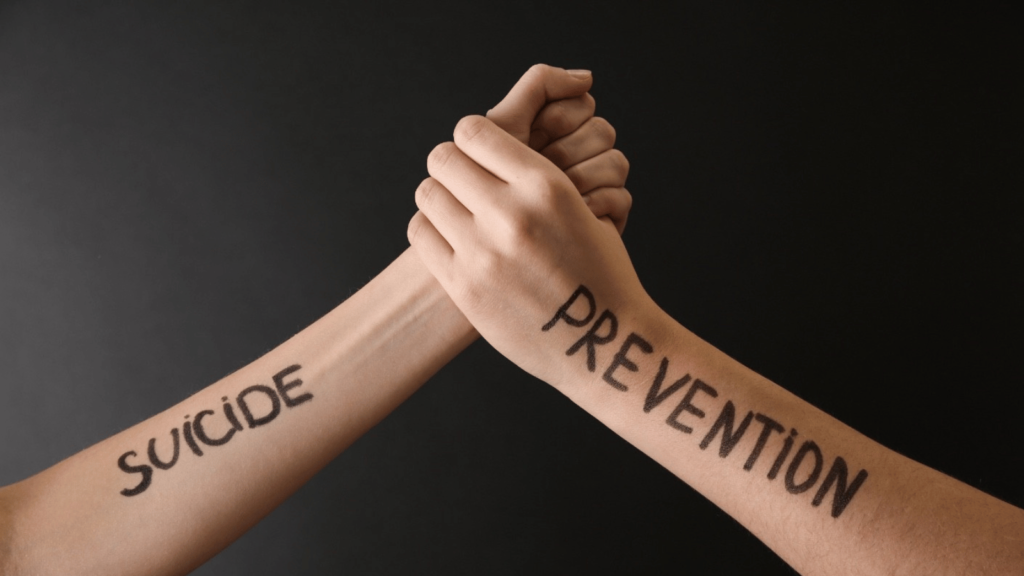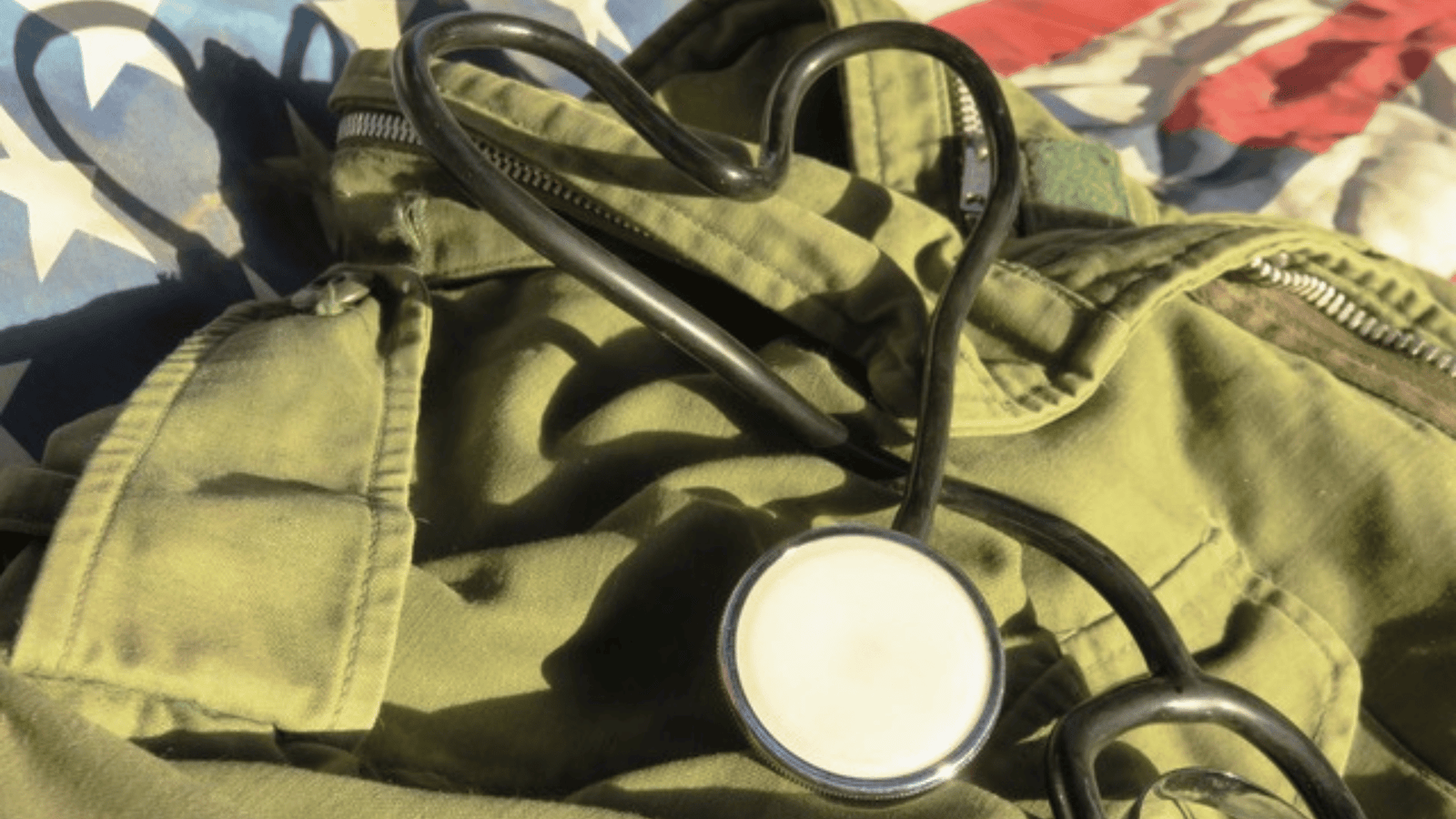
Suicide Prevention Is a Priority
Suicide prevention is the top clinical priority of the Department of Veterans Affairs (VA) and rightly so. The loss of even one Veteran to suicide is a tragedy that reverberates through families, communities, and the nation. The VA has made great strides in addressing suicide risk through programs like the Suicide Risk Identification Strategy (Risk ID) and the use of the Columbia Protocol known as the Suicide Severity Rating Scale (C-SSRS), which begins with two simple yet powerful questions.
Screening Gap in C&P Exams
These screenings are mandatory in Veterans Health Administration (VHA) clinical settings, ensuring that Veterans enrolled in VA healthcare are routinely assessed for suicide risk. But there’s a critical gap we can no longer afford to overlook: Veterans undergoing Compensation and Pension (C&P) exams—especially through contracted providers—are not screened unless they specifically file a claim for a mental health condition. The community care program doesn’t screen for mental health issues either, but that’s another issue and missed opportunity.
Millions of Veterans Not Screened
Each year, the Veterans Benefits Administration (VBA) receives over 1 million new claims. These come from Veterans affected by the PACT Act, first-time filers, and those seeking increased disability benefits. Many of these Veterans—especially those not enrolled in VHA—undergo C&P exams as part of their claims process. For some, it is their only interaction with the VA healthcare system.
And yet, suicide risk screening is not a standardized part of these medical disability exams.
Let me be clear: this is a missed opportunity—and a preventable one.
Make Every Veteran Touchpoint Count
If we truly believe that suicide prevention is VA’s highest clinical priority, with over 6400 Veterans taking their lives (2024 National Veteran Suicide Prevention Report) then that commitment must extend beyond VHA clinics. It must include every touchpoint a Veteran has with the VA, whether they’re walking into a hospital, calling a crisis line, or showing up for a disability evaluation.
We must expand suicide risk screening to all medical disability exams, including those conducted by contract providers and in the community care program. This one policy shift could help catch Veterans in crisis who might otherwise go unnoticed—and untreated.
Processing a claim is important. Protecting a life is urgent.
It’s time for VA to implement consistent suicide prevention practices across the enterprise.
This article originally appeared on LinkedIn by Jeff Scarpiello, Chief Growth Officer at PGT Solutions




